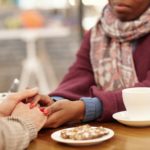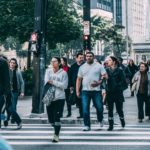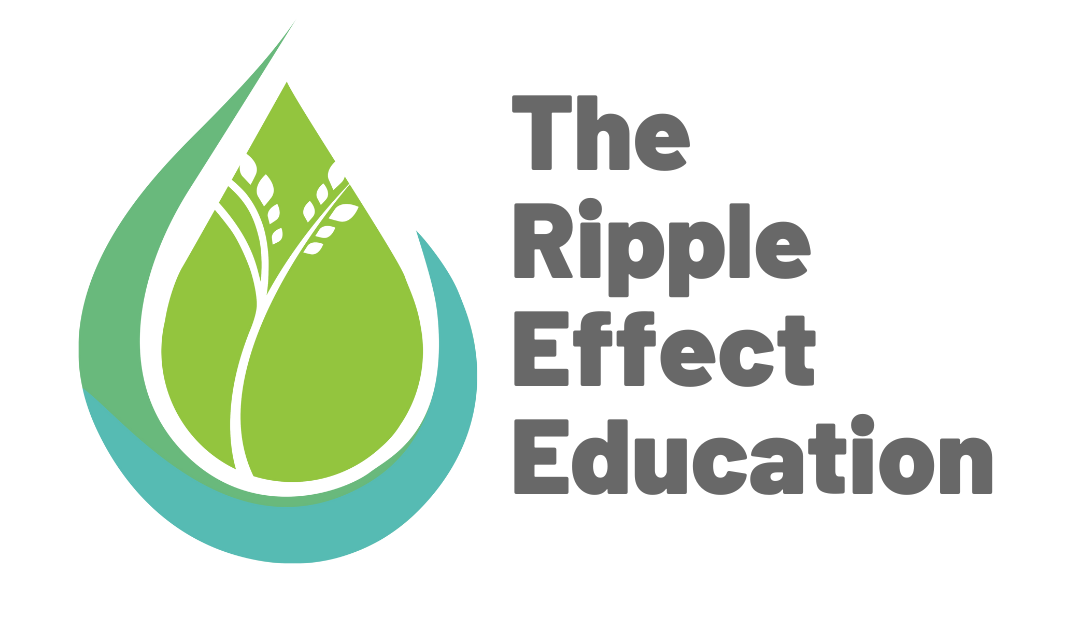The TREE Blog: Ripples of Knowledge

Using the Enneagram as a Tool for Empathy
I’ve never had much interest in personality tests, until I was introduced to the Enneagram of Personality by a close friend (and former TREE facilitator!) around five years ago. Since then, it’s something that I reflect on often as a way to have a deeper understanding of myself and to

The Rewards of Celebrating Differences
One of the TREE workshops that I facilitated in the last session was with a Grade 1/2 split class, using the TREE Grade 2 curriculum. I really enjoyed working with the students and their teacher, since they were nice students who listened quite well and had high participation in group

Building Empathy
In the fourth week of TREE’s Grade 3 Conflict Resolution curriculum, the focus is on Empathy. How to build empathy for another person, and how to show empathy to another person. At the beginning of the class, the students are asked to share some of the feelings that they have

Becoming an Active Bystander: Online Bystandership
When thinking about being an active bystander, we often think of examples from when we are at school, our workplaces, or in public. What is more difficult to think of, but just as prevalent for most of us, (if not more), is how we can be an active bystander in

Becoming an Active Bystander: 5 D’s of Bystandership
When seeing harm happening in our communities, it can be difficult to know what we can do about it. It often takes time to know how to intervene, and can be difficult to think of in the moment. The 5 D’s are a few methods that can be used in

Becoming an Active Bystander: Positions and Terms
It is not uncommon to hear about harm of different kinds on the news. We hear stories of physical, mental, and emotional violence in different ways – both targeted and non-targeted. Among these stories, we might also see heroic acts from people who were nearby and what they did to

